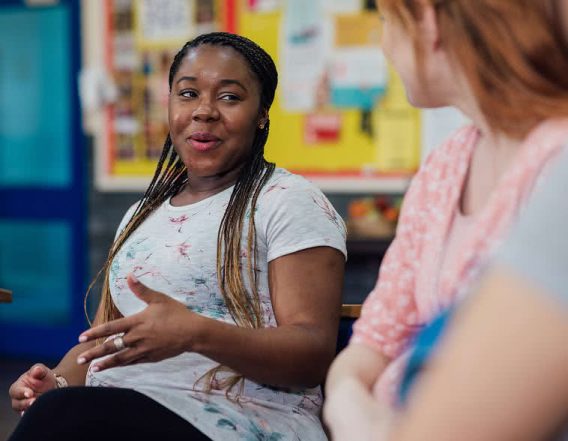Why Inclusivity is So Important

Inclusivity isn’t just a buzzword. It’s the foundation of a society where everyone has the chance to participate, contribute, and thrive. Whether in our schools, workplaces, communities, or sports clubs, creating inclusive environments benefits everyone – not just those who have been historically excluded.
For autistic individuals, inclusivity can mean the difference between feeling valued and being overlooked. It’s about recognising and respecting differences, in communication, thinking styles, and sensory experiences, and making changes so that these differences are embraced rather than treated as barriers.
Why it matters
When spaces are inclusive, people feel safe to be themselves. They can focus their energy on learning, connecting, or doing their job, instead of worrying about masking or “fitting in.” For autistic individuals, this can reduce stress, improve wellbeing, and open the door to opportunities that might otherwise be out of reach.
But the benefits go beyond individuals. Inclusive environments are richer in ideas, more creative in problem-solving, and more resilient in the face of challenges. By including different voices and perspectives, organisations gain insights they might never have considered.
It all starts with understanding
Inclusivity isn’t something that happens by accident. It’s intentional. It requires learning about different experiences, reflecting on existing barriers, and taking action to remove them. For example:
-
In education, inclusivity means adapting teaching methods and classroom environments so all students can engage fully.
-
In the workplace, it’s about creating systems and cultures that allow neurodivergent employees to succeed.
-
In community spaces, it means making events and facilities welcoming to everyone.
The role of training
Training helps turn good intentions into tangible change. It gives individuals and organisations the tools to recognise barriers and the confidence to dismantle them. At Elevate, our training is shaped by autistic voices and grounded in research, so every strategy we share is both practical and respectful.
Inclusivity is not a destination, it’s a continuous process. Each conversation, each adjustment, and each decision to listen brings us closer to a society where everyone is supported to thrive.
Together, we’re shaping supportive environments.

